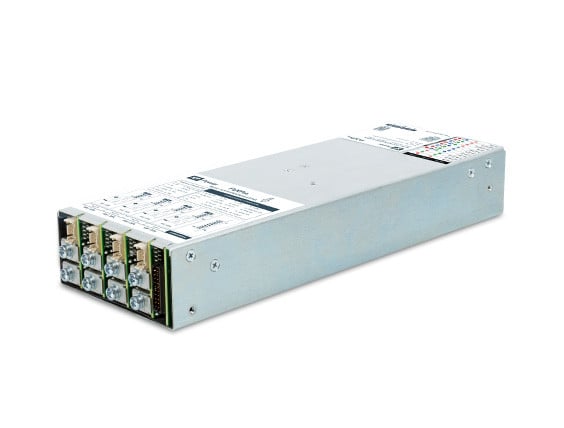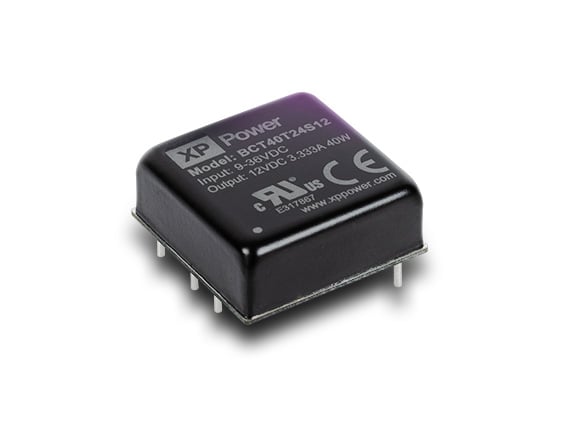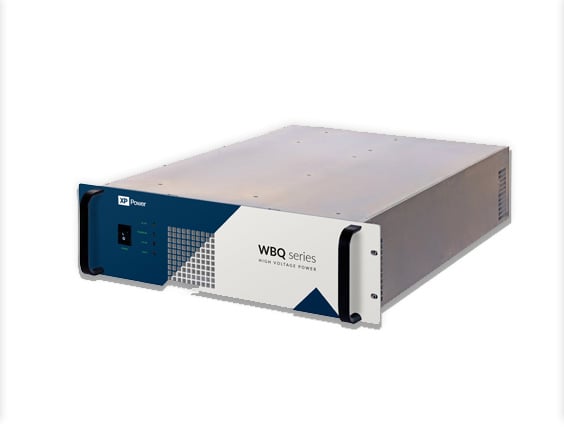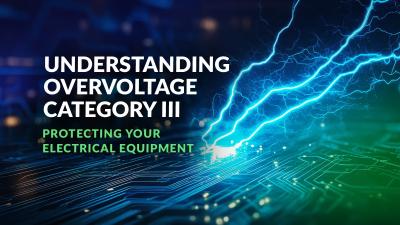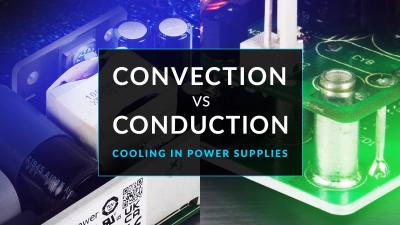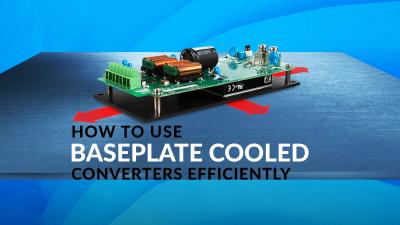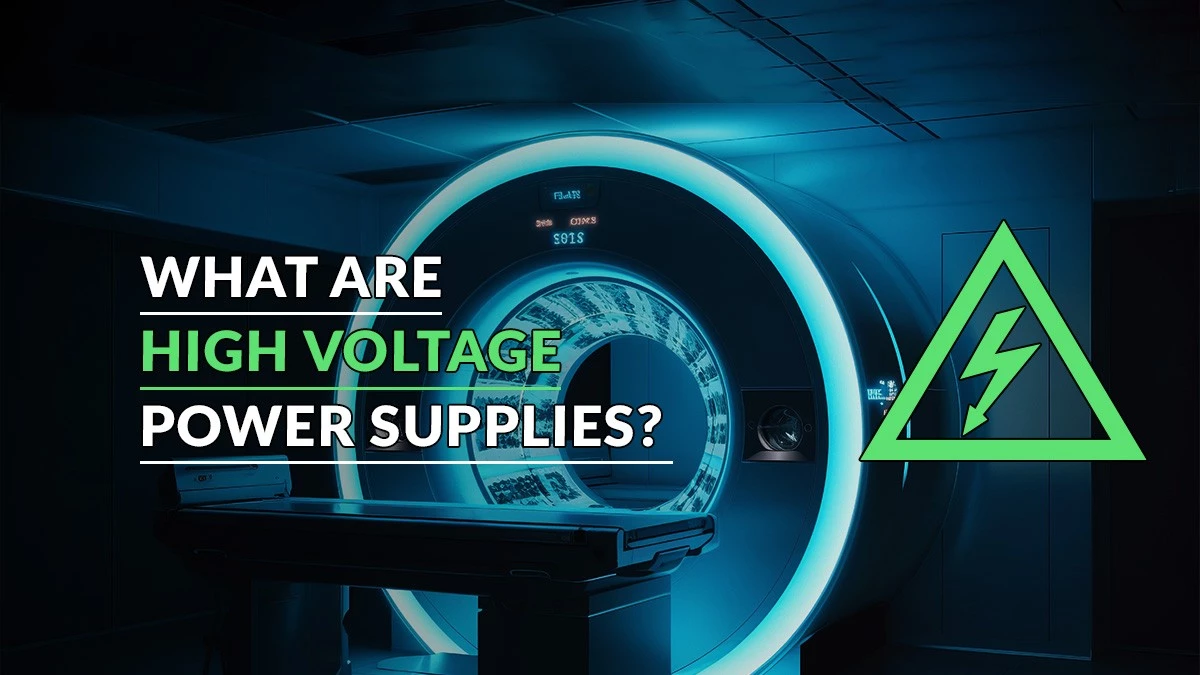
High voltage power supplies are specialized electrical devices that creates voltages typically above 1,000V. They are used to accelerate particles to perform some type of analysis or, with higher power devices, material manipulation.
XP Power offers a broad portfolio of precision high voltage solutions and capabilities up to 500kV with output power to 600kW. Our customers rely on the accuracy, quality and reliability of our global design and manufacturing facilities, technical support and extensive validation and testing processes to achieve their high voltage design goals.
We have standard, modified and custom solutions to address your specific design needs and ensure success for your critical applications.
What are high voltage power supplies used for?
High voltage is crucial for a diverse range of specialized applications to help us study and advance our world – whether that is through pharmaceutical development, investigation or modern manufacturing techniques.
In higher power systems for electron beam welding, additive manufacturing, lithography and ion implanters, high voltage is needed to manipulate ions and electrons to alter the composition of the end sample. In lower power systems such as mass spectrometry and scanning electron microscopes, high voltage generates, filters, and accelerates ions or electrons for detection without damaging the original sample.
How does a high voltage power supply work?
A conventional regulated high voltage power supply converts the input via rectification and filtering to create a very stable DC voltage on the primary side of the converter. This DC voltage is then converted to a high frequency AC voltage via the control circuit and high frequency switches before being stepped up via a high voltage transformer. At this stage, the transformer outputs a voltage that is then driven through several multiplier stages depending on the kV output required.
The topology of your power supply will vary according to the application, voltage, power and stability requirements you specify. You may need better feedback loops to obtain tighter control of the output voltages and currents; better filtering to get lower noise and ripple performance; or better tool diagnosis feedback to improve reliability.
What’s the difference between a high voltage and low voltage power supply?
High voltage power supplies are typically more complex than low voltage units and incorporate components such as specialist high voltage magnetics, voltage multiplying circuits and sophisticated regulation components and circuits to maintain and control programmable, high stability performance outputs.
Low voltage power supplies are used for smaller devices like personal electronic devices and appliances as these don’t need a large power input. Low voltage power is cheaper to produce and safer than high voltage power.
Are high voltage power supplies dangerous?
Contact with any high voltage supplying sufficient energy could result in severe injury or death. Safety is a top priority in a high voltage power supply to stop people from being harmed, safeguard equipment and prevent fires.
Overvoltage protection, current limiting, short-circuit protection, and isolation techniques are all necessary to protect both the equipment and the operator from potential hazards. It goes without saying that a high voltage power supply should only be bought from a trusted supplier.
How do I choose the right high voltage power supply?
Your choice depends on the power and voltage that you need for your application. Electroporation, mass spectrometry and electrostatic chuck applications require lower power whereas e-beam welding or additive manufacturing, for example, require higher power.
Then you need to determine your ripple requirements depending on your application. Mass spectrometry and SEM require much tighter ripple control for performance applications whereas ripple is less of a concern for capacitor charging. In this instance, faster rise time and decay are more critical.
Please contact our technical support team for more information on our industry leading high voltage power supplies.
